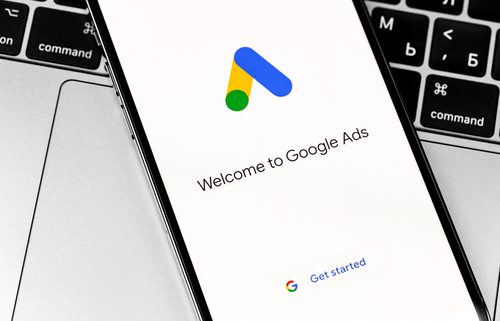
4 Tips For Effective PPC Marketing With GoogleAds
PPC marketing is one of the best methods of getting your business, services and products out to your target audience. It’s one of the easiest marketing methods to set up, with companies like Google even offering dedicated consultants to help business owners create their own PPC campaigns. On the other hand, it’s also one of the hardest to get right – and in PPC marketing, if you don’t get it right, you pay the price (literally!)
In this blog, we will look at some useful tips and tricks you can do with your Google PPC marketing campaign to help get the best results and return on investment.
A/B Testing Ads
Your first set of adverts are never going to be perfect. Throughout your PPC campaign you will find yourself constantly tweaking and changing things such as your ad copy, extensions, bids etc. Within Google Ads, there is a powerful feature called A/B testing. This allows you to create two variations of an advert which Google will show to an equal amount of people in your campaign. The purpose of A/B testing is that it allows you to actually see and compare which variation of your ads are performing better – for example, you can have one ad with brand-focused copy, and another ad with price-focused copy. In this A/B test, you can see whether your target audience is more likely to click/convert based on price or brand – allowing you to optimise your ad copy for the best results.
Target Exact, Long Tail Keywords
With the rise of mobile searchers, people are fast becoming more likely to search long tail phrases than short tail keywords. Despite this, long tail keywords will – in most cases – be less competitive and cheaper to bid on than the short tail keywords.
Long tail phrases will also allow you to target much more relevant searches, which will ensure you are putting yourself in front of the right audience. For example, a long tail phrase like “best nike air max shoes for men” will be more effective than a keyword like “mens shoes.” The long tail phrase is far more relevant to the product being sold and ensures the specific product is showing up to the correct target audience.
When it comes to choosing which keywords to target, it’s important advertisers remember to not focus on the wrong metrics. It is very common for people to get excited at the thought of their website getting hundreds of clicks every week, or for people to be disappointed that they only have 10 clicks in a week etc. The objective with PPC advertising is not to be the most popular – it is to be the most effective. Bidding on keywords should always be about achieving a return on investment through sales and conversions, not about attracting more window shoppers who will never convert.
Landing Pages
So far we’ve discussed how to achieve the all important click on your advert, but that’s only half the battle with PPC marketing. The second half is all about what the user should do safety they click through to your website.
Firstly, you need to make sure you are sending users to the right landing page. In our previous section, I used an example keyword of “best nike air max shoes for men.” This is a great keyword when it comes to deciding the landing page, because we can clearly see exactly what the user wants to see on the website. The landing page needs to be men’s nike air max shoes. Simple! Despite this, it actually isn’t too uncommon to see adverts, even big companies, send this kind of traffic to a more generic page about shoes – where users will either have to filter the products themselves (bad user experience) or they will simply leave the site, leaving you out of pocket for that costly click.
When a user has clearly described exactly what they want, and then they are greeted with a page giving them exactly what they asked for, there’s only one for them to do: convert! When combining the right keywords with the right landing pages, you can expect to see a tremendous return on your investment.
Remarketing
Remarketing is simply advertising to people who have already browsed your website. The reason why remarketing is so powerful is because you are targeting specific users who have already demonstrated clear interest in your products. In addition to this, remarketing can be very targeted. You can split your remarketing audience into different groups depending on a range of factors. For example, you can have a group for users who added products to their basket but didn’t checkout, a group for users who spent more than 2 minutes looking at a product page but didn’t add to basket etc.
A great example of remarketing that I’m sure everyone will be familiar with is the iconic “you left something in your basket” email. This is targeted remarketing, sending an email to users who added products to their basket but for whatever reason did not finish the checkout process.




